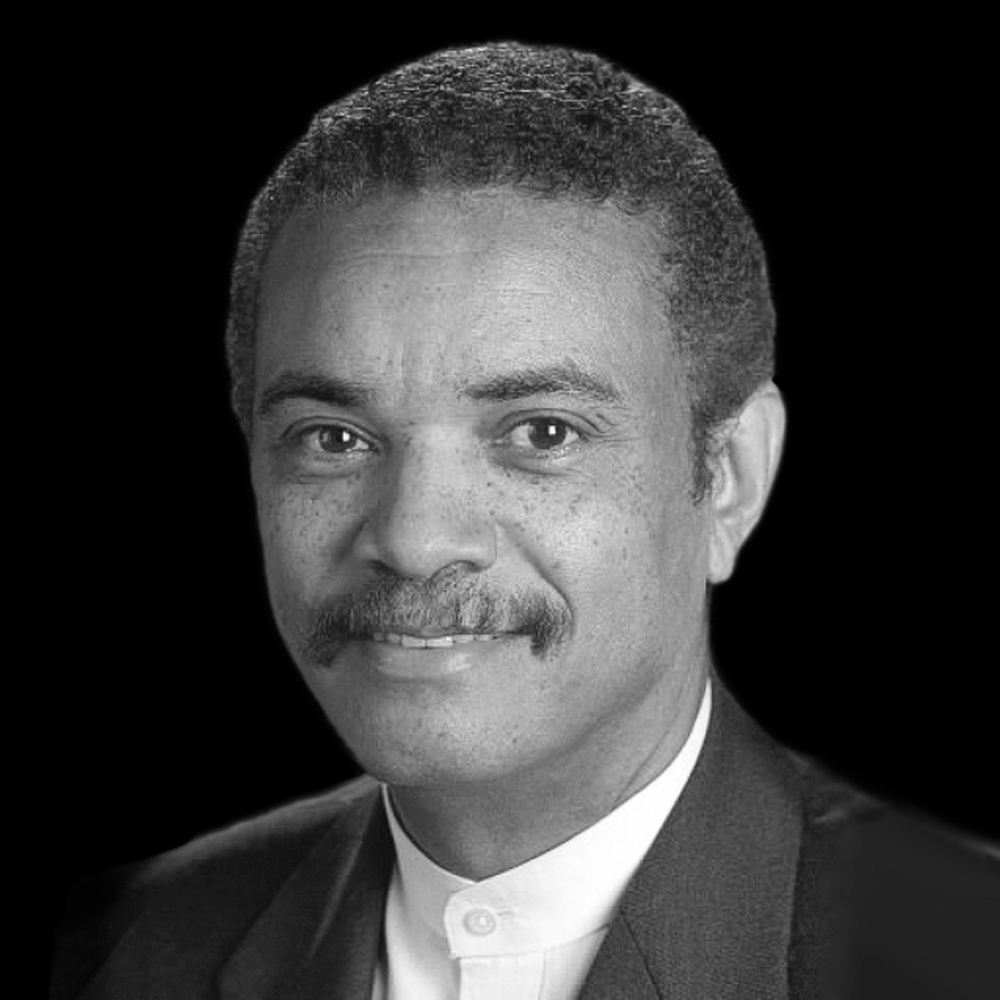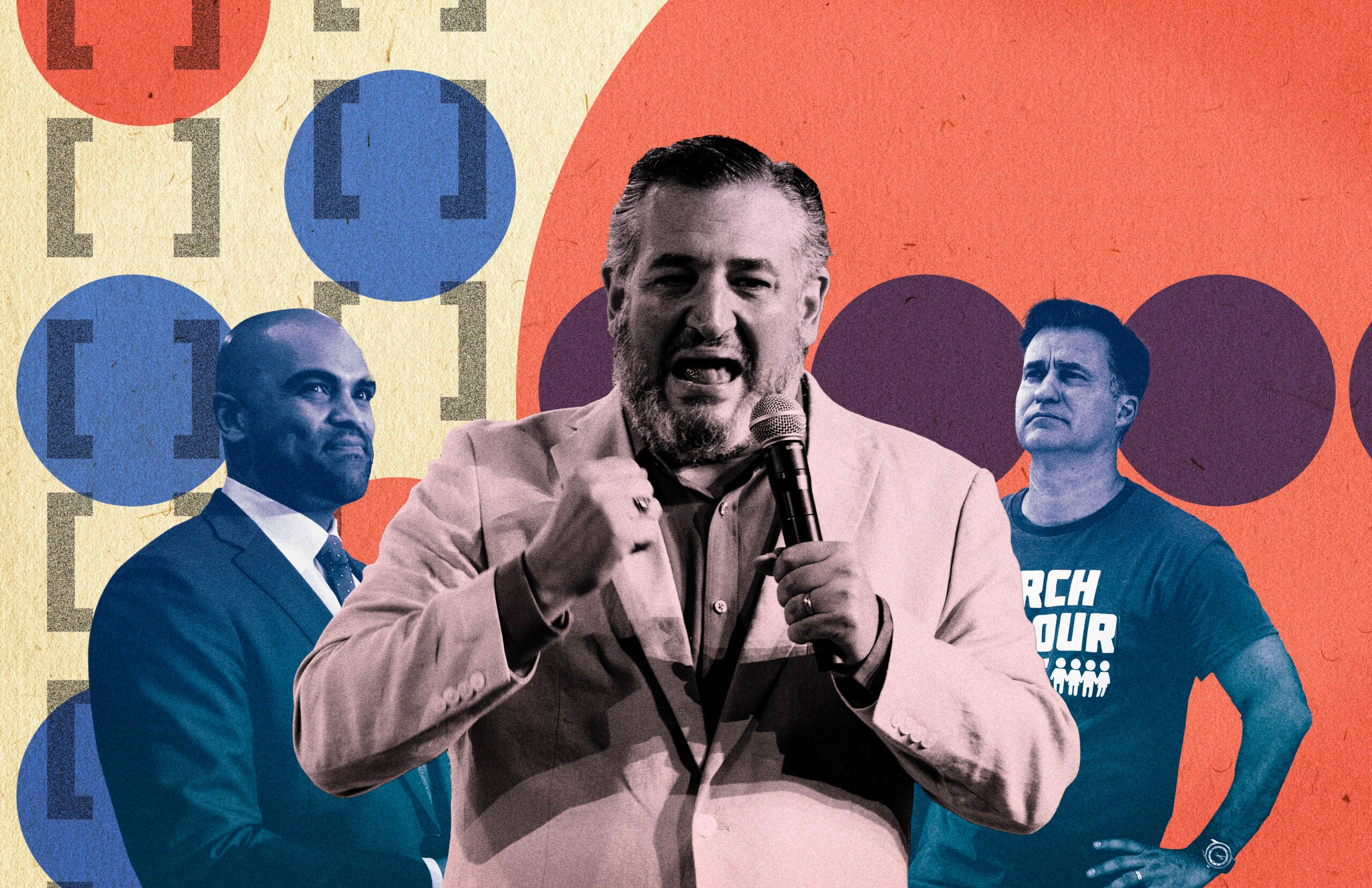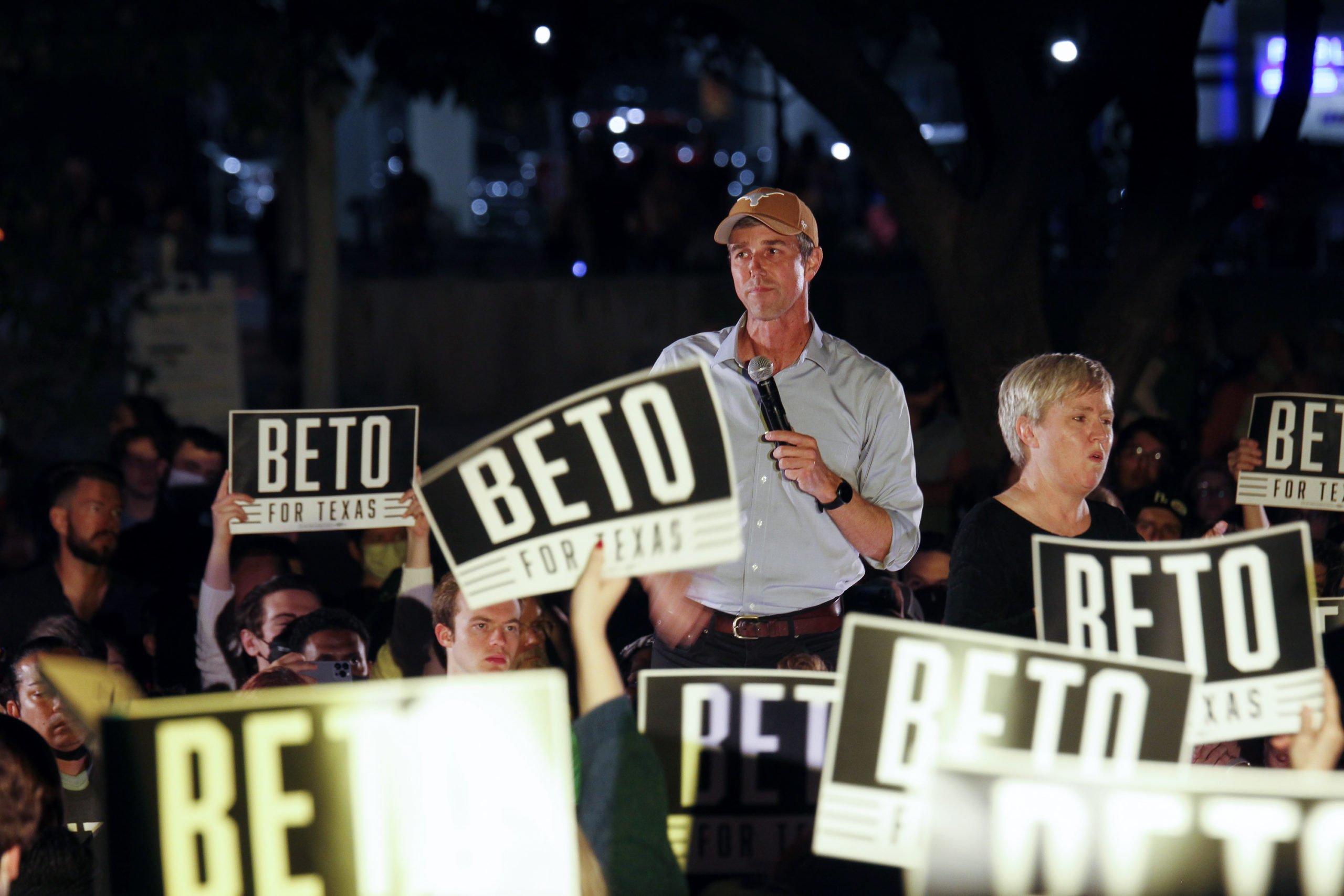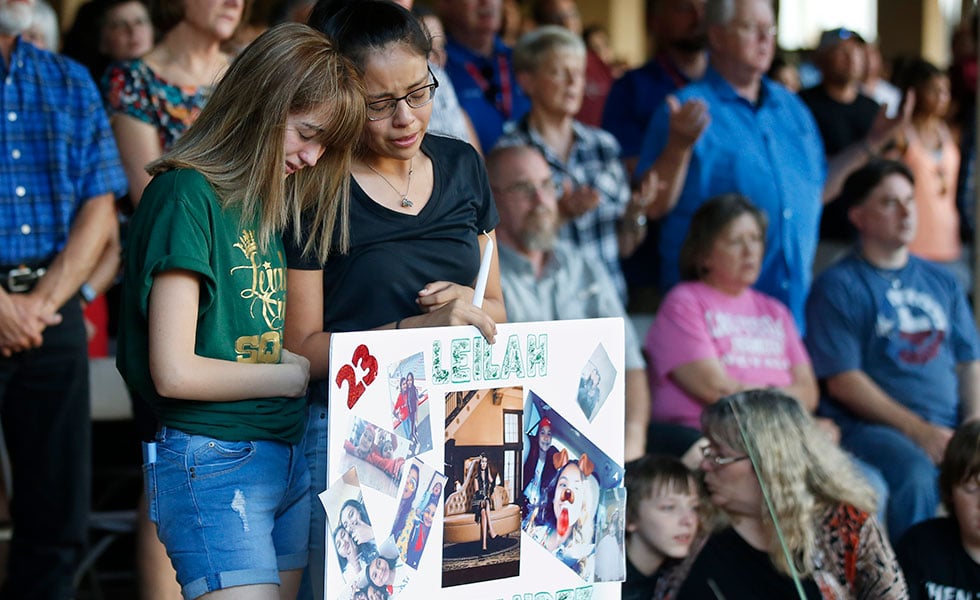
Greater State: The Racism of States’ Rights
A version of this story ran in the August 2015 issue.
It has been 150 years since the institution of slavery officially ended in the Lone Star State. Yet, the vestiges from that evil period remain, and are revealed almost daily.
That monster known as racism has been roaming the land from this nation’s beginning. It has never gone away — nor will it. Oh, occasionally it appears to be dormant, only to rear its ugly head and remind us that it was simply lurking in some dark corner, awaiting another opportunity to strike — as it did in Texas in 1998 with the brutal dragging death of James Byrd Jr.; in 2010 with a series of church burnings in East Texas; and this year in McKinney when a veteran white police officer manhandled a 15-year-old black girl at a pool party.
I know racism well. I’ve seen it, heard it, felt it. You might say I even know its taste. In the ’50s, as a boy, I used to pick up meals from the back door of East Texas restaurants that didn’t allow “colored” customers inside. I definitely felt racism’s sting when, as an adolescent, I had to be escorted to the “colored” waiting room at the T&P train station in downtown Fort Worth.
I’ve been acquainted with discrimination and racial prejudice from birth. I came into this world at a time when the two white hospitals in Fort Worth that accepted black patients had separate wards in their basements for blacks. As a child I spent 12 years in segregated public school. I had to ride in the back of the bus. I was barred, like all black people, from Fort Worth’s Forest Park — with its zoo and swimming pool — except for one day each year. I was subjected to constant name-calling and random acts of violence whenever some white males decided to drive through our black neighborhood and go “nigger-knocking,” which included hitting us with sticks or throwing bottles at us.
In recent months, it has become obvious that racism has an unshakeable hold on this country, unequivocally revealing that there is no such thing as a post-racial America.
Olympia, Cleveland, Staten Island, Ferguson, Baltimore and McKinney: These are just a few of the places where overzealous law enforcement officers used excessive force against black people in the last year.
Too many young black men have been shot down by those wearing a badge that gives them power over life and death. And they choose death far too often.
Many Anglos, including some liberals, feign disbelief that the police could be so violent. Have they not been paying attention?
Think of all the inmates who have been exonerated, having finally proved that they were wrongfully convicted. The majority is black. You think that’s coincidence?
Take a look at Texas’ death row. Of the 262 people who were there at the beginning of July, 70 percent were black or Hispanic. Happenstance?
In June the unthinkable happened, leading Americans to take another look at themselves, forcing them to rethink their views on race and racism.
That monster known as racism has been roaming the land from this nation’s beginning. It has never gone away — nor will it.
A 21-year-old white man was welcomed into one of the most historic black churches in the country, spent an hour in Bible study, and then shot nine people to death. Suddenly some of the most divisive leaders in the country — including South Carolina Gov. Nikki Haley and Sen. Lindsey Graham — were searching for words of comfort and reconciliation.
Those who had embraced the Confederate battle flag began to see it for what it truly represents.
Meanwhile, in Texas, Gov. Greg Abbott, Sen.Ted Cruz and other Republican leaders have been unrelenting in trying to turn back the clock with their voter suppression laws and open defiance of our president.
Their proclamations of “states’ rights” in fighting everything from Obama’s health care law to EPA regulations to even military exercises are reminiscent of Southern governors in the 1960s who stood in the doorways of public universities, vowing to keep black people out.
They’ve been eerily silent on the issue of the Confederate symbols that adorn our statehouse, courthouses and public institutions, almost as though Charleston never happened.
But it did.
Nine innocent lives were taken: Rev. Clementa C. Pinckney; Cynthia Marie Graham Hurd; Susie Jackson; Ethel Lee Lance; Depayne Middleton-Doctor; Tywanza Sanders; Daniel Simmons; Sharonda Coleman-Singleton; and Myra Thompson.
Remember them, and perhaps we can start that real discussion on race — one that is forthright, honest and without pretense; one that changes more than the location of the Confederate battle flag; one that changes the content of our hearts.


